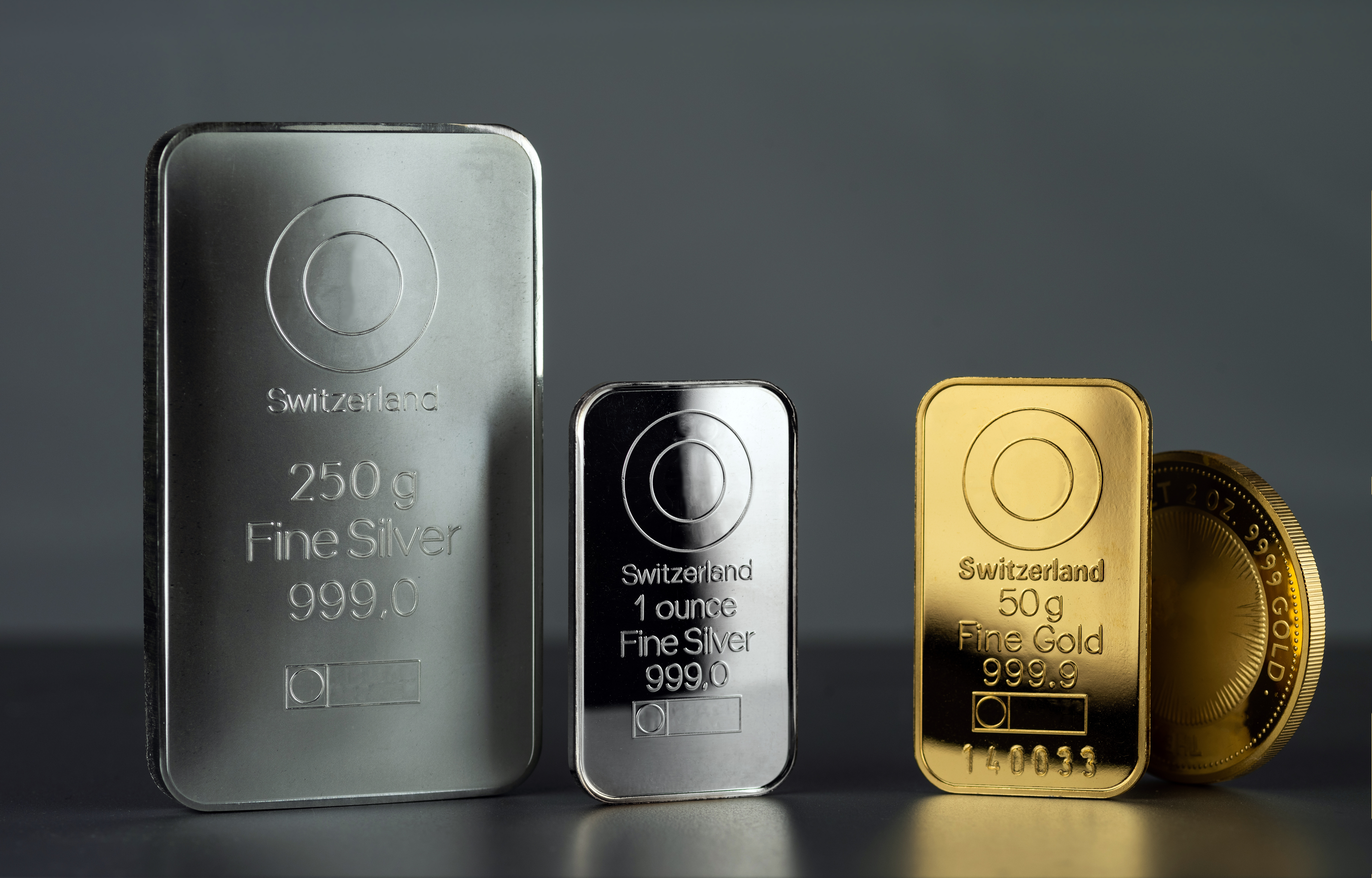09
Jun
Lesser-Known Silver Minting & Market Pricing Secrets
Uncovering Hidden Truths behind Silver Pricing & Minting Techniques
Making a beautiful silver coin, round, or bar is a more involved process than most people realize. The process starts with melting and ends with the actual minting. These practices often affect prices and how silver is marketed. Read on as the precious metals experts from First National Bullion, the best place to buy gold in Carlsbad, explain some lesser-known silver market and minting practices.
Melting
Silver is melted at temperatures exceeding 2,000 degrees. The molten silver is poured into billets, which are tested to ensure a purity of at least 99.9 percent. The ingots are then shaped into bars and fed through a rolling mill.
The bars are passed through the rollers repeatedly until they become thin strips of metal, which makes them easier to work with during the final minting process. The strips of silver are made into blanks, a process that results in around 80 percent of the scrap silver being returned to the furnace. A device called an annealing furnace cools and softens the metal.
Polishing
The blanks are polished at this point. Polishing involves the use of a special polishing media to produce a high-quality shine that often adds to the value of the finished silver product. The blanks are measured and weighed to ensure they’re just right for the desired finished product. Rejected blanks go back to the furnace. Lastly, the blanks are marked, stamped, and weighed again to ensure quality.
Labor and Equipment Costs
Part of the reason for higher premiums for silver is the costs associated with parts and equipment. The mints need to pass this cost along to customers to make it worth their effort to make silver coins, rounds, and bars. The minting process is fairly involved. Even so, private mints have managed to keep their prices fairly reasonable over the years.
Labor Shortages and Other Price-Influencing Factors
Prices are also affected by work stoppages and labor issues. Only a handful of countries have the resources necessary to mine for silver. Silver is primarily mined in Mexico, China, the United States, Peru, Canada, Russia, and a few other nations. If there are labor issues, the prices of silver reflect this because the supply is reduced. Other factors that influence silver prices include:
It also depends on where you purchase your silver and where sellers get their silver products. Keep in mind silver sellers also add a markup to their prices to ensure they make a profit as well. If products are purchased from private mints, the prices are often lower than what’s common with sovereign mints like the United States Mint. The minting processes are basically the same for both private and sovereign mints. The reason for the price difference is that products from sovereign mints are often specially marked or designed, and buyers often prefer the added peace of mind that goes with purchases made from official government mints.
Whether they’re looking for the best place to buy or sell palladium bullion, gold coins, or silver bars, Carlsbad precious metals collectors can rely on the trustworthy professionals at First National Bullion. We can answer all your questions and help you find all the information you need on how a variety of precious metals can be a valuable part of your investment portfolio. Give one of our experienced dealers a call today.
The statements made in this blog are opinions, and past performance is not indicative of future returns. Precious metals, like all investments, carry risk. Precious metals and coins may appreciate, depreciate, or stay the same in cash value depending on a variety of factors. First National Bullion does not guarantee, and its website and employees make no representation, that any metals for sale will appreciate sufficiently to earn the customers a profit. The decision to buy, sell, or borrow precious metals and which precious metals to purchase, borrow, or sell are made at the customer’s sole discretion.
Making a beautiful silver coin, round, or bar is a more involved process than most people realize. The process starts with melting and ends with the actual minting. These practices often affect prices and how silver is marketed. Read on as the precious metals experts from First National Bullion, the best place to buy gold in Carlsbad, explain some lesser-known silver market and minting practices.
Melting
Silver is melted at temperatures exceeding 2,000 degrees. The molten silver is poured into billets, which are tested to ensure a purity of at least 99.9 percent. The ingots are then shaped into bars and fed through a rolling mill.
The bars are passed through the rollers repeatedly until they become thin strips of metal, which makes them easier to work with during the final minting process. The strips of silver are made into blanks, a process that results in around 80 percent of the scrap silver being returned to the furnace. A device called an annealing furnace cools and softens the metal.
Polishing
The blanks are polished at this point. Polishing involves the use of a special polishing media to produce a high-quality shine that often adds to the value of the finished silver product. The blanks are measured and weighed to ensure they’re just right for the desired finished product. Rejected blanks go back to the furnace. Lastly, the blanks are marked, stamped, and weighed again to ensure quality.
Labor and Equipment Costs
Part of the reason for higher premiums for silver is the costs associated with parts and equipment. The mints need to pass this cost along to customers to make it worth their effort to make silver coins, rounds, and bars. The minting process is fairly involved. Even so, private mints have managed to keep their prices fairly reasonable over the years.
Labor Shortages and Other Price-Influencing Factors
Prices are also affected by work stoppages and labor issues. Only a handful of countries have the resources necessary to mine for silver. Silver is primarily mined in Mexico, China, the United States, Peru, Canada, Russia, and a few other nations. If there are labor issues, the prices of silver reflect this because the supply is reduced. Other factors that influence silver prices include:
- Global events
- Supply and demand
- Silver content
- Economic conditions
It also depends on where you purchase your silver and where sellers get their silver products. Keep in mind silver sellers also add a markup to their prices to ensure they make a profit as well. If products are purchased from private mints, the prices are often lower than what’s common with sovereign mints like the United States Mint. The minting processes are basically the same for both private and sovereign mints. The reason for the price difference is that products from sovereign mints are often specially marked or designed, and buyers often prefer the added peace of mind that goes with purchases made from official government mints.
Whether they’re looking for the best place to buy or sell palladium bullion, gold coins, or silver bars, Carlsbad precious metals collectors can rely on the trustworthy professionals at First National Bullion. We can answer all your questions and help you find all the information you need on how a variety of precious metals can be a valuable part of your investment portfolio. Give one of our experienced dealers a call today.
The statements made in this blog are opinions, and past performance is not indicative of future returns. Precious metals, like all investments, carry risk. Precious metals and coins may appreciate, depreciate, or stay the same in cash value depending on a variety of factors. First National Bullion does not guarantee, and its website and employees make no representation, that any metals for sale will appreciate sufficiently to earn the customers a profit. The decision to buy, sell, or borrow precious metals and which precious metals to purchase, borrow, or sell are made at the customer’s sole discretion.


